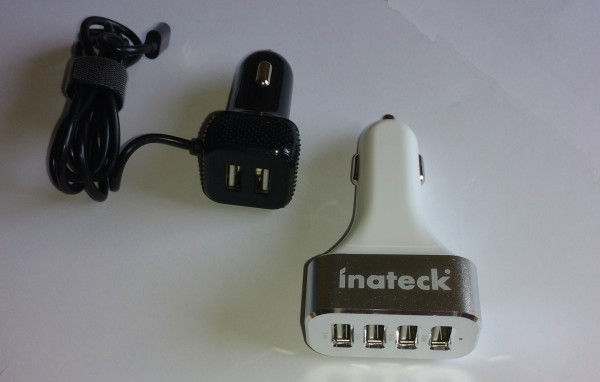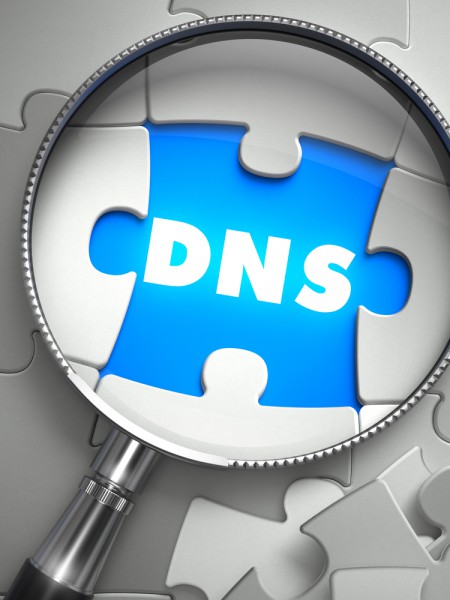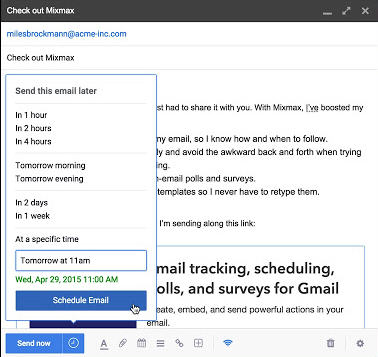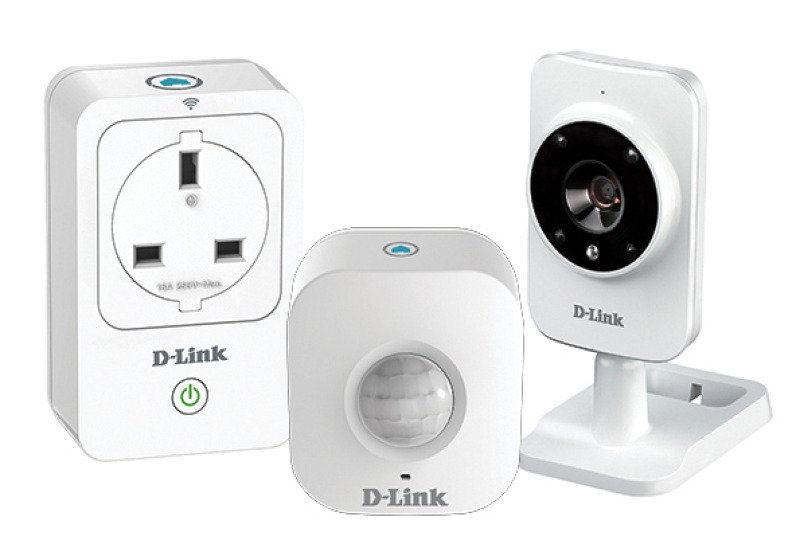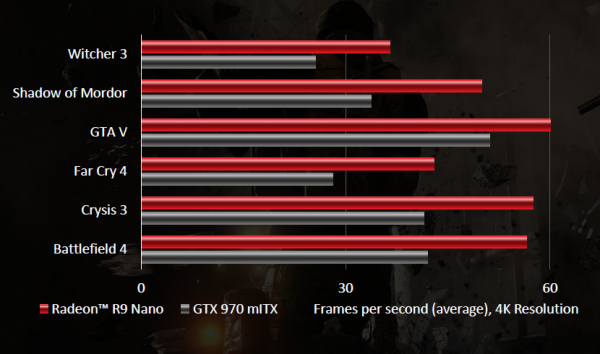
Every organization out there needs an enterprise search program. Otherwise, all the data they pile up over the years wouldn't be worth storing. It’d be like writing down important facts in a language no one can read.
While countless platforms exist these days, they have enough differences between them that you should take your time in picking one. Before you do, ask yourself the following six questions.
What Is an Enterprise Search Platform?
Before we start going through these very important questions, let’s talk about enterprise search platforms a bit first. After all, if you’re not familiar with this kind of technology, the questions below may only serve to confuse you rather than actually help you understand what kind of software your company needs.
Fortunately, everyone is already familiar with search engines. You probably use them multiple times a day and it would be hard to imagine what life would be like if everything you wanted to know about wasn't basically at your fingertips whenever you asked for it.
This isn't necessarily what we’re talking about when we bring up enterprise search programs though. What we’re referring to with this type of software is a search engine that’s used to look into your company’s data records. Just like Google scours the World Wide Web for whatever you’re looking for, this kind of search engine goes through your organization’s vast repository of records to find various items.
Why Not Just Use a Web Search Engine?
That brings up a fairly common question in this field, which is, "why don’t companies just use web search engines like Google and Bing?" If you know anything about programming, you know that you can basically use a web search engine for such a purpose and it wouldn't even be that difficult.
While you’re right about that, though, you’re wrong about the kinds of results you could expect. To put it simply, Google and other web search engines aren't designed for the kinds of records you’d want to search for at work. Those search engines are great at pulling vast amounts of data all at once. What they don’t do well is drill down into that data for important details. They also can’t do a good job of jumping from silo to silo.
These are the various environments that your business data can be stored in. As web search engines can’t travel through them without issue, the only other option is for your employees to do this, more or less, manually. This is far from ideal and can end up causing all kinds of headaches for your staff.
What Do Your Users Need to Find Most Often?
This is a good question to start with because it gets at the purpose of this platform in the first place. After you put all of the bells and whistles aside, you have a piece of software designed to help your employees find the information they need immediately.
The question then becomes, what kind of information do they most often look for? Do they search for entities or is it groups of entities that would be better displayed as clusters? Are they looking for specific documents? It might be a good idea to actually go to your employees and find out what they look for most and what kinds of sticking points they hit along the way. You may think you know, but it never hurts to ask.
Most enterprise search platforms these days will have what’s known as a pipeline architecture. In simplest terms, this means that they have a number of ways of finding the data your users are after. However, the pipeline feature organizes these elements so that results are retrieved in the most efficient way possible. Often, this means your users get to manually customize how the pipeline will function so they get exactly what they want.
Where Is Your Data?
Another good topic to consider is the whereabouts of the data your users most often need to look up. Where is it? Obviously, you want a search platform that will function well in that environment. In this industry, we often refer to the whereabouts of data as its "silo", which we covered a bit above. Still, let’s take a moment to talk about these in greater detail.
A silo could be an internal data bank, a file system or CMS (Content Management System), but it could also be the World Wide Web. You can find platforms that are able to search across silos as necessary.
Once again, it might be smart to go ask your employees where the silos are that they most commonly search in. Chances are that every department is going to have a unique answer. Your employees probably search through websites, customer comments, contracts, records, board minutes, product descriptions, lawsuits and much more. You wouldn’t want to invest in a platform only to find out that a silo your employees are constantly wading through is inaccessible to the product you purchased.
Depending on your silos of choice, some configuration work may be needed upfront in order to get the best results from your search engine. That’s not the end of the world. Once the configuration is done, you’ll have no future problems. Still, you also don’t want to be doing a ton of work for the sake of implementation before you can even begin using your platform.
What Are Your Datasets?
Once you understand your silos, you can begin thinking about the actual targets your searches are going to be most often targeting. To some extent, you probably have the answer already just from researching your silos. Still, it’s worth dialing into the exact types of data your employees are hoping to find when they use your platform.
This will also help you think about what makes the most sense for how the results will be organized. If you’re having trouble knowing which platforms will give you the data in a way that you prefer, just ask the company. It’s a fairly typical question.
How Much Data Do You Have?
Obviously, there’s no end to the amount of data your company can have. In some ways, then, this is going to be a pretty tough question to answer. Nonetheless, you want to get a handle on how much data you currently have and forecast out what that number could be in the near future. The more there is, the more hardware and other resources you’re going to need to get through it all.
How Often Does Data Get Updated?
You may not have the need to access old data that isn’t current anymore. At the very least, this may not be enough of a priority that it’s worth basing your platform decision on. If you find yourself in a situation where you need to go back several years to find old data, a more involved, manual search isn’t going to be too terrible (as long as this is only something you do once in a while).
However, this question will also help you understand how much scalability you need. How often are you going to need your enterprise search engine platform to scale up or down to meet your data demand?
No matter what, scalability needs to be a feature. Otherwise, your investment will end up costing you more and more in the future. Every company changes in size and that means you’re going to have varying amounts of employees needing to access your data. Without a platform that can scale, allowing access to the optimal number of employees is going to be expensive and inconvenient.
It’s also worth thinking about the rocky times ahead too. At some point, you may have to lay off a number of employees. Do you really want to keep paying for their access after they’ve been eliminated? Instead, wouldn’t it be much more convenient to do away with their access and stop wasting resources on it? This is the type of thing scalability will let you do with ease whenever necessary.
Who Else Uses This Solution?
Just about every company out there is proud to show off testimonials from their satisfied clients. You should expect the same from an enterprise search platform developer too. Ask them who else in your industry uses their product. It would make sense that other companies in your field have similar search needs too. Ask about how long those organizations have been using the software in question as well, so that you know they’re clearly happy with the solution.
Though this may seem like a lot of information to consider before purchasing an enterprise search program, it’s necessary to ensure you get the right product for the money you’re investing. The last thing you want to do is buy a service, implement it and then find out you made a mistake that could have been easily avoided. Fortunately, with so many great options available to you, making the right decision has never been easier. Just take your time and consider each at length before finally making your investment.
Photo Credit: xavier gallego morell/Shutterstock
 Mike Miranda writes about enterprise software and covers products offered by software companies like www.rocketsoftware.com about topics such as Terminal Emulation, Legacy Modernization, Enterprise Search, Big Data and Enterprise Mobility.
Mike Miranda writes about enterprise software and covers products offered by software companies like www.rocketsoftware.com about topics such as Terminal Emulation, Legacy Modernization, Enterprise Search, Big Data and Enterprise Mobility.



















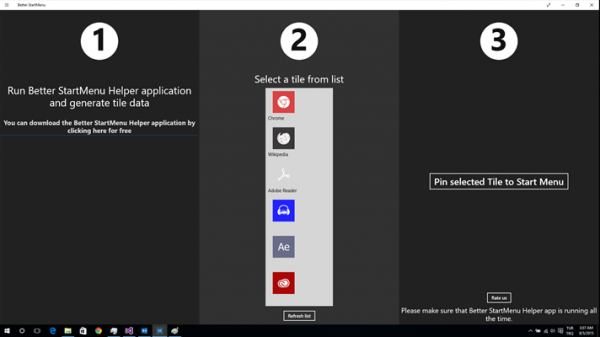



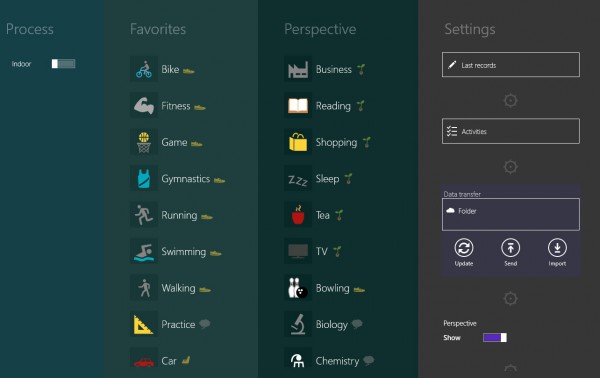


 Mike Miranda writes about enterprise software and covers products offered by software companies like
Mike Miranda writes about enterprise software and covers products offered by software companies like 